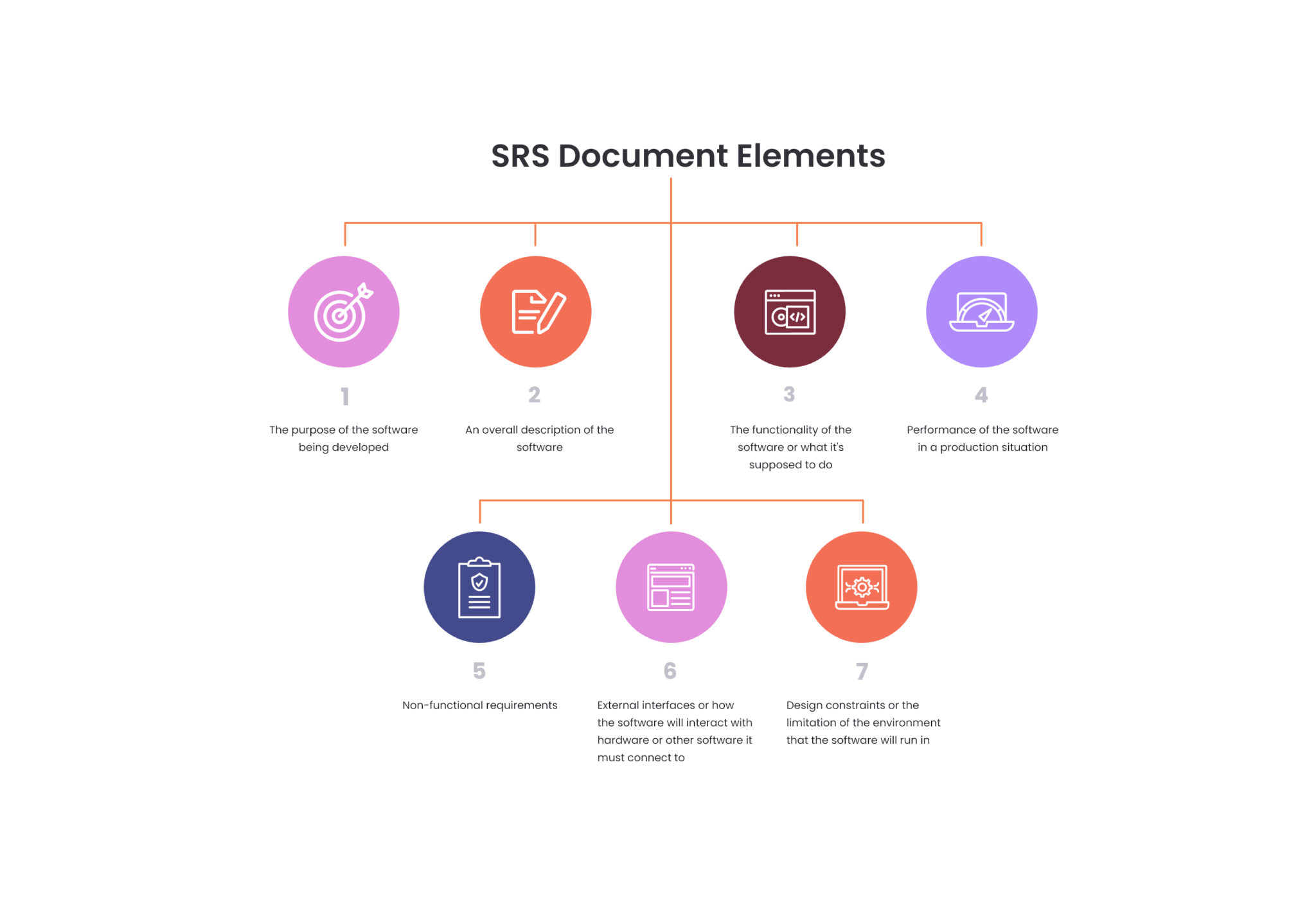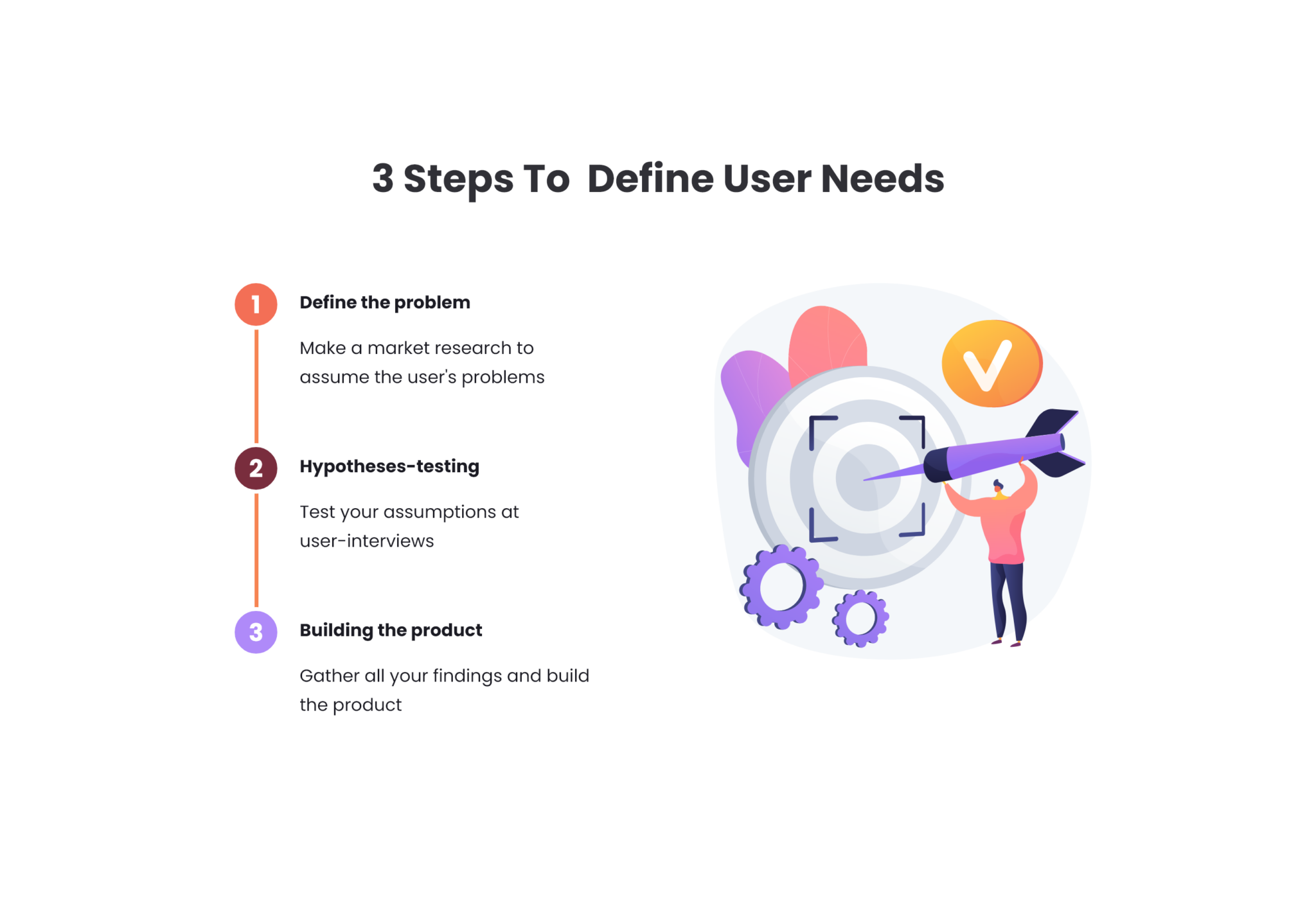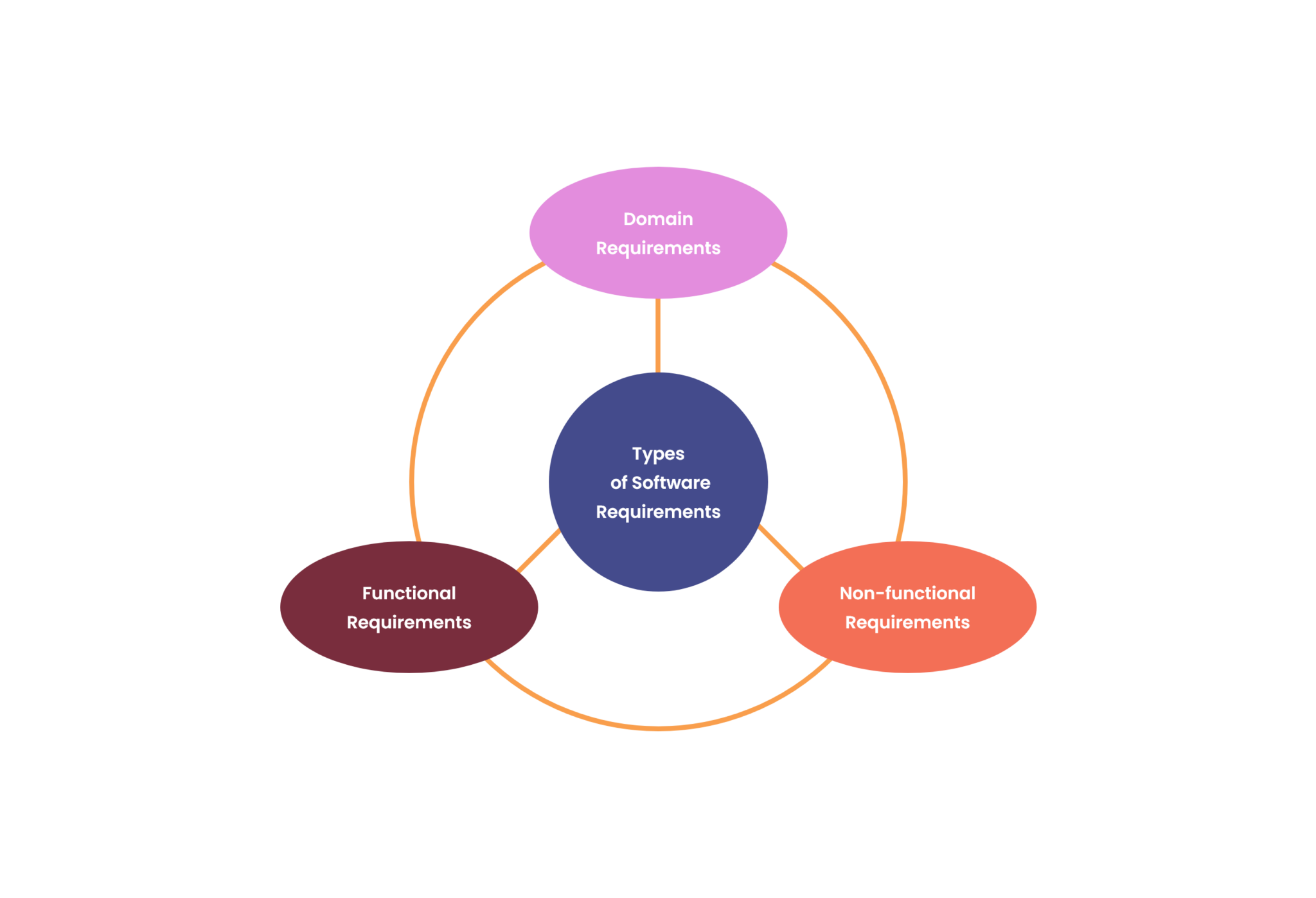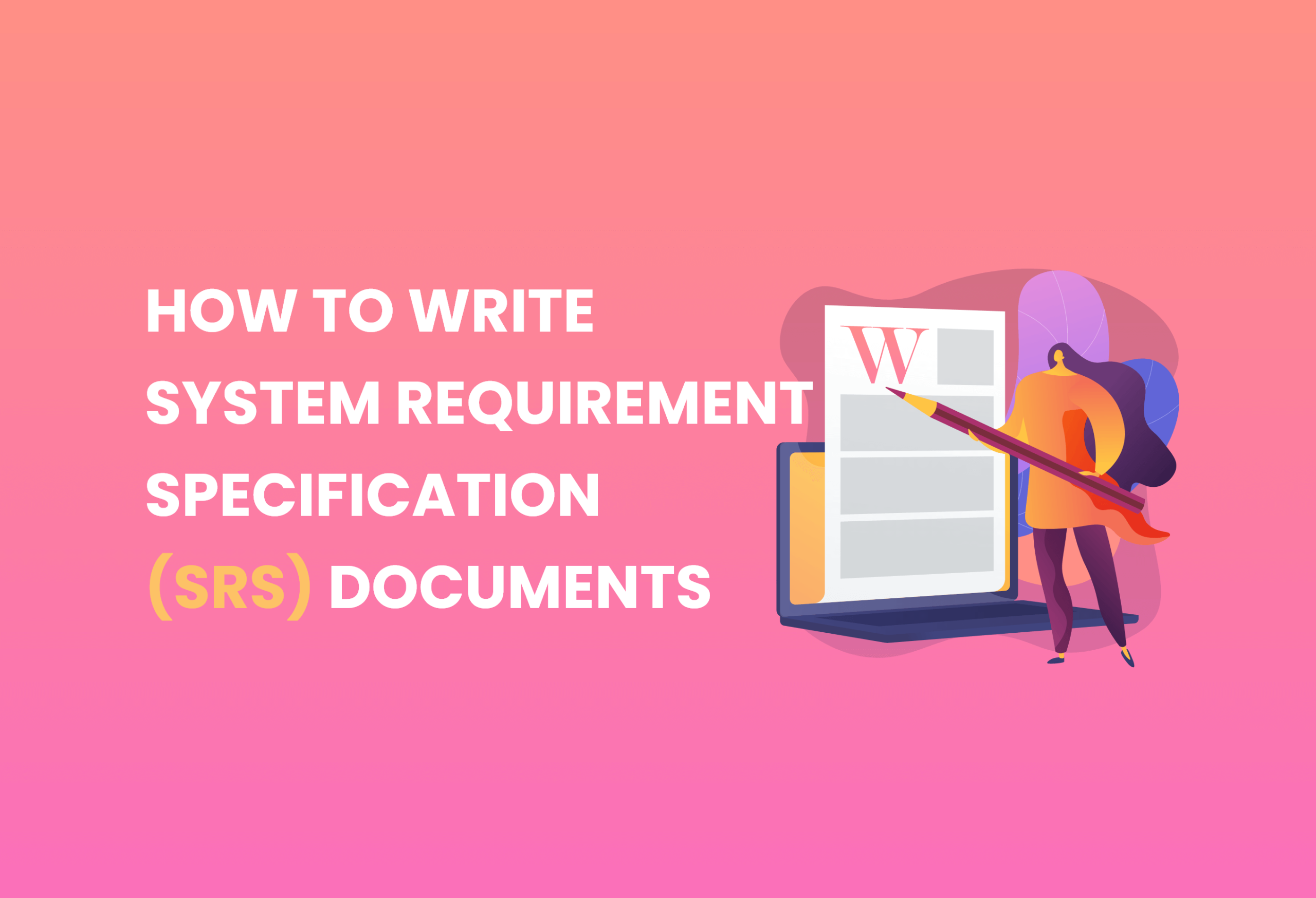So, you have come to the point of pondering how to write an SRS document? Congratulations! Yes, effectively developing a business means making the most available resources while also aiming for more. This is the goal of every business owner. And this is particularly true in light of the fierce rivalry that exists today.
The success of a company is impossible without the use of the software. And the recent statistics prove this fact better in today’s world. For example, Statista estimates that over $5.2 trillion is spent annually across the world on enterprise software. Therefore, it’s critical to spell out all of the software needs in detail. That’s why we’re here to guide find answers to the question: how to write an SRS document. The design and development processes will benefit greatly from the information provided in this paper. Let’s see how we can write that important document without making a single mistake.
What Is an (SRS) Document?
A software requirements specification (SRS) document outlines what the software will accomplish and how well it will function under certain conditions. Additionally, it specifies the features the product must have to satisfy the requirements of all parties involved (business and end-users).
Typical elements of an SRS report include:
-
- A purpose
-
- Specific requirements
-
- An overall description
The ideal SRS documents explain how software interacts with hardware and other software when embedded in or linked to them. Additionally, excellent SRS documents account for actual end-users.

What’s the Point of Using an SRS Report?
A software requirements specification serves as the foundation for your whole project. It establishes the guidelines that all development teams must adhere to. Using it, various teams — development, QA, operations, and maintenance — have access to important information. Therefore, this ensures that everyone is on the same page and understands what is expected of them.
Having recourse to the SRS ensures that all criteria are met. It may also assist you in making choices regarding the lifecycle of your product, such as when to retire a feature.
Writing an SRS may help reduce the total time and expenses of development. An SRS is particularly useful for embedded development teams.
How Can You Collect Information for the SRS Document?
You can do the following to gather critical data:
-
- Brainstorming: Connecting with all important stakeholders and developing an action plan together is a fantastic idea.
-
- Poll: Questions that are either standard or unusual.
-
- Analyzing documents: To learn all there is to know about this project, you can (and should!) read everything available to you.
-
- Prototyping: It provides a solution to the mystery around how the product will function.
-
- Maps: An orderly progression of concepts.
-
- Unser input: The input of the user is critical to the document’s proper writing.
-
- Requirements: This also starts with a discussion of the criteria for cross-functional products.
How to Write an SRS Document?
Here are the stages to writing a successful SRS document:
1. Create an Outline (Or You Can Use an SRS Template)
Creating an overview for your software requirements specification should be your first step. It’s possible you came up with this idea on your own. You may also utilize a pre-existing SRS template if you want.
As an example, if you’re building something from scratch, your outline could look something like this:
1. Introduction
1.1 The purpose
1.2 Who Is It For?
1.3 Intended Use
1.4 Scope
1.5 Acronyms and Definitions
2. Overall Description
2.1 Needs of the User
2.2 Assumptions and Dependencies
3. System requirements and Features
3.1 Requirements for Functionality
3.2. Requirements for the External Interface
3.3 System Features
3.4 Nonfunctional Requirements
Start adding in the details after you have a basic outline.
2. Start With a Purpose
An effective SRS must begin with a solid introduction. It’s a great way to get people excited about the final result. Therefore, begin by defining the product’s purpose.
Intended Audience and Use
Decide who in your company will have access to the SRS and how they should utilize it. Developers, testers, and project managers may all fall under this group. People from other divisions, such as the executive team, sales, or marketing, may also take part.
Scope of the Product
Describe the software you’re recommending to the consumer. Include the advantages, aims, and objectives as well. If teams outside of development have access to the SRS, this should be tied to business objectives as a whole.
Acronyms and Definitions
To be on the safe side, define the risk. Many developers — particularly those working on safety-critical development teams — prioritize avoiding risk.
3. Give an Overview of What You’ll develop
It’s time for you to be specific about what you want to create next. Is this a new version of anything that already exists? Is it a brand-new product, or it’s an add-on to an existing product of yours? It’s critical to explain them upfront so that everyone understands what you’re working with. Describe why and who you’re creating it for, if possible.
User Needs
There must be a consideration for the requirements of users, often known as user classifications and characteristics. Determine who will utilize the product and in what capacity before moving forward with any further planning efforts.
The product will likely have both main and secondary users. You may also have to describe the requirements of a different product buyer (who may not be a primary or secondary consumer). And, for example, if you’re developing a medical product, you’ll need to explain the patient’s requirements.

Assumptions and Dependencies
In some of these cases, you may not be able to meet the criteria set out in your SRS. What are the factors in this scenario? Are you making any assumptions about the SRS that may be wrong? Those are other things to put in this.
Last but not least, be aware of whether or not your project is reliant on outside factors. This may contain software components from another project that you’re utilizing.
4. Detail Your Specific Requirements
For your software development team, the following part is very important. This is where you’ll go into depth about the specifics of how your product will be built.
Functional Requirements
To create a successful product, you must consider functional requirements. These needs may include infusion and battery if you’re working on a medical device. You may also have a subset of needs and risks within these functional criteria.
External Interface Requirements
External interface requirements are a subset of functional requirements. Embedded systems need them as well as outlining any interfaces your product will have with other components.
There are a variety of interfaces for which you may have specifications, including:
-
- User
-
- Hardware
-
- Software
-
- Communications
System Features
Functional requirements may take many forms, including system features. These are features that a system must have to function.
Other Nonfunctional Requirements
Requirements that aren’t strictly functional may be equally as essential as those that are. Some examples are as follows:
-
- Performance
-
- Safety
-
- Security
-
- Quality
Depending on your business, the significance of this kind of requirement may vary. In the medical device sector, for example, safety standards will be essential. If you’re a member of IEEE, they can also help you with creating software requirements specifications.

5. Getting the Approval
After you’ve finished the SRS, you’ll need to get key stakeholders to approve it. Also, everyone must read the most recent version of the document.
Benefits of Great Software Requirements
Now that you know the answers to “how to write an SRS document,” let’s get to know the benefits of getting it right. If your SRS document is well-written, you may save time by avoiding mistakes and inaccuracies while working with all the key players in the process, such as developers.
Comprehensive documentation makes it possible for all parties involved to assess where things are right now, set goals and objectives, and agree on how things should be done going forward. The design process is streamlined since the SRS is accessible to the key players. Redesign costs that weren’t budgeted are kept to a minimum.
SRS also helps with the following:
-
- Aiming to improve the accuracy of cost and time estimations
-
- Easing the software’s transition from the development stage to the production phase
-
- Consistent and efficient coordination of activities across all participants
-
- Increasing developer, customer, and management interaction
-
- To avoid expensive replacement at a later time
-
- Cutting down on the amount of time and effort spent on development
Get in Touch with an Award-Winning Software Engineering Company
When working on software development projects, it’s critical to know how to write SRS document that outlines all of the project’s major goals, objectives, and requirements. This serves as a road map for all project partners, ensuring that the final product fulfills all customers’ requirements to the full degree possible. The SRS document’s structure must be made crystal-clear.
It will be impossible to predict the finish date without a well-written SRS before beginning work. Moreover, it is possible to lay down all the information, perform a competitive analysis, and create explicit project tasks using the SRS document. Okay, you may need our help in this regard, in which case, please contact us. As a multi-award-winning software engineering firm, we can create custom software to meet your business needs. If you’re considering software solutions, please get in touch with us.

